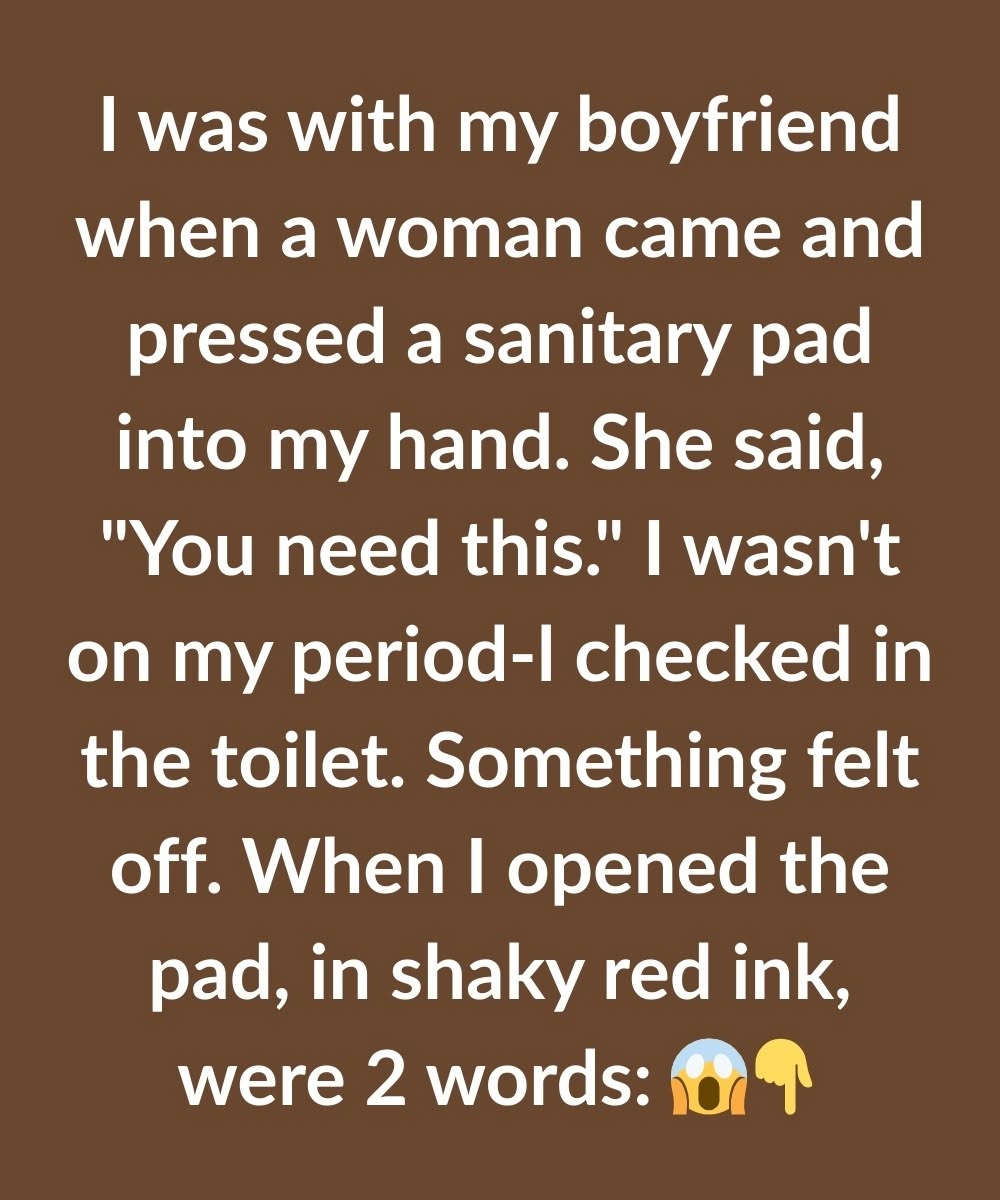
Dealing with head lice can be a time-consuming and frustrating process. As parents, the fear of our children catching lice at school is a nightmare that we all dread. Unfortunately, lice are a common problem that is difficult to avoid, especially when children are back in school after the holidays and have been socializing with their peers during the summer.
Understanding the Spread of Lice
Lice are most commonly spread among children, particularly during the summer months. Contrary to popular belief, lice cannot jump or fly. They spread by crawling from one hair strand to another. The risk of spreading lice through brushes and hats is low, as lice that have fallen out of hair are weak and unlikely to survive.

Recognizing Lice and Eggs
It is important to know how to detect lice early to prevent a full-blown infestation. Lice symptoms, such as an itchy scalp, usually appear 4-6 weeks after infestation. To spot lice, carefully examine the scalp. Lice are small, translucent, and range in color from gray to brown, black, or red. To confirm the presence of lice, use a lice comb to comb the hair from back to front, ensuring any lice will drop into the sink.
Detecting lice eggs can sometimes be easier than finding the lice themselves. The eggs, known as nits, are typically found near the scalp and can be dark if they still contain live lice or light-colored if the eggs have hatched. Keep in mind that you should only begin treatment if you find live lice, not empty eggs. The eggs will either disappear as the hair grows out or can be combed out.
Effective and Chemical-Free Treatment
While lice shampoo can be effective, it may not completely eliminate lice infestations. Treating the entire family can also be costly and time-consuming, as every egg needs to be thoroughly removed through combing. Fortunately, there is an alternative method recommended by the Healthy Life Center that is affordable, chemical-free, and ensures minimal discomfort for your children.
Here’s what you’ll need:
- A lice comb
- Mouthwash
- White vinegar
- Shower cap or plastic bag
- A towel
Follow these steps:
- Start by wetting the hair with mouthwash, as lice dislike the strong smell. Cover the hair with a shower cap or plastic bag and leave it on for an hour.
- After an hour, rinse the hair and soak it in white vinegar. Vinegar helps to eliminate lice eggs. Cover the hair again and let it sit for another hour.
- Wash the hair with regular shampoo and comb it thoroughly with a lice comb.
- To reduce the risk of your child getting lice at school, lightly spray their hair with mouthwash. This may deter lice from choosing their head as their new home.
By following these steps, you can effectively treat lice without exposing your family to harsh chemicals or spending a fortune on multiple rounds of treatment.
Share this article with your family and friends to help them keep lice away too. Let’s cross our fingers that this method works for everyone!



